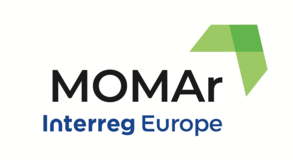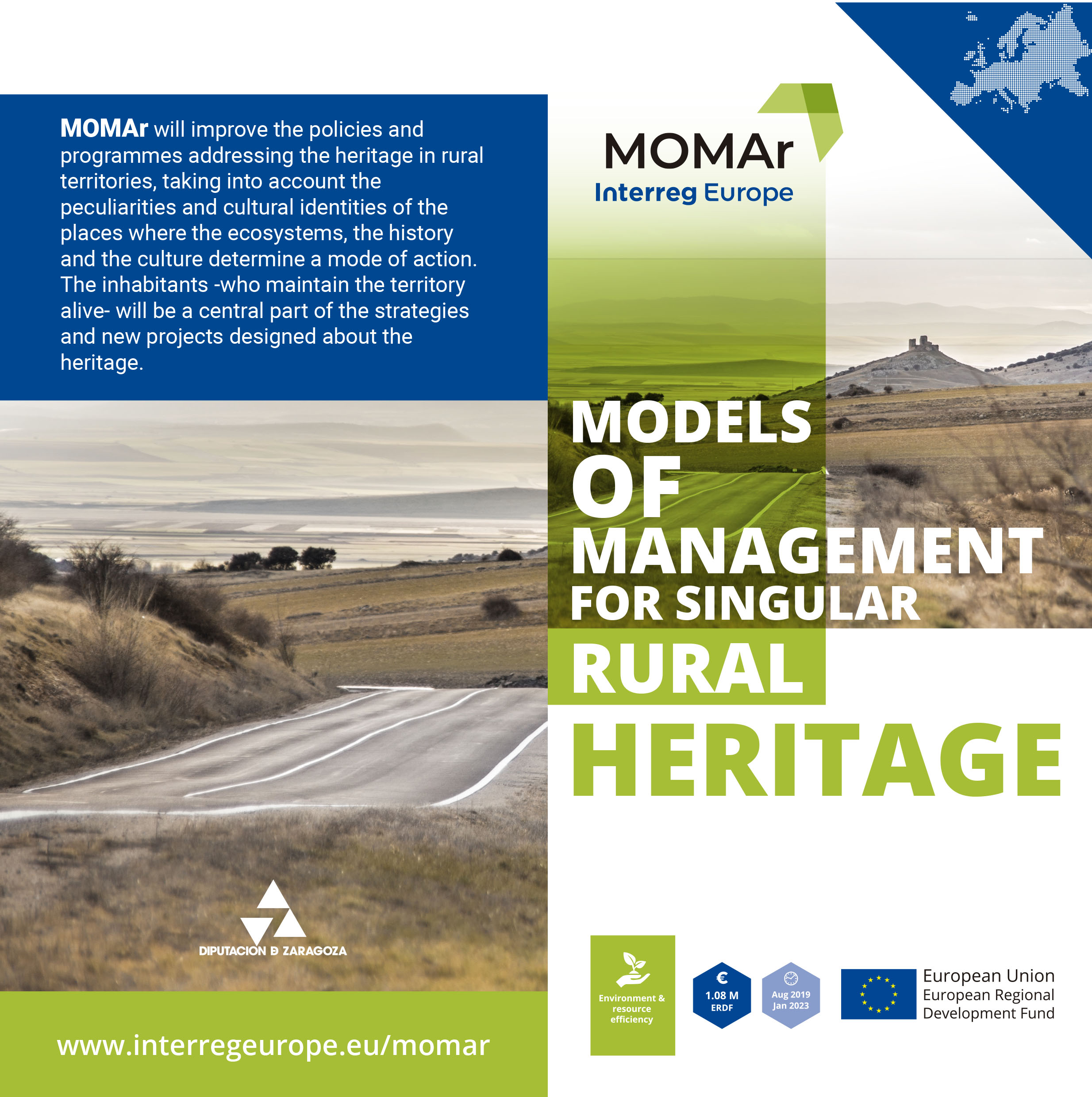The European programme MOMAr (Models of Management for Singular Rural Heritage) held its first interregional meeting in Corsica, France. The main objective was to generate an exchange of experiences in the field of heritage management models, within the framework of efficiency, sustainability and demographic fragility. But also, to learn about the Corsican territory and the particularities of the island's cultural and natural heritage, as a partner of the programme.
This March experts in heritage and representatives of the European territories involved in the project as partners and stakeholders met in Corsica. They were the Provincial Government of Zaragoza, the Territorial Administrative Unit of Mehedinti County, the Province of Groningen, the Ministry of Regional Development and Transport of Saxony-Anhalt, and as hosts, the authorities of the Corsican Region. Unfortunately, the representatives of the Regional Development Agency of South Bohemian were unable to attend due to health restrictions for the coronavirus crisis.

Exchange of Experience
The scientific programme of the conference allowed to analyse both good and bad practices in the management of heritage. All the territories presented their local experiences and shared success stories.
During the first session, professor Elles Bulder from Groningen University, presented the recovery process of old churches and traditional farms, which has been carried out in the Dutch territory, giving them new uses and a new life while preserving their authenticity. From Saxony-Anhalt area, the project manager, Fiene Grieger, explained the successful cases of the Route of the Romanesque, one of the 10 most popular tourist routes in Germany, connecting 88 selected buildings from the Romanesque era. Besides, Grieger presented the Garden Dreams Association, a network of 50 historic parks and gardens whose main goals is to restore and maintain its historic assets, improving their attractiveness to tourists and the economic sustainability of the parks, among others goals.
Corsica delegation expounded the 'Estru Paisanu' project, which seeks the preservation of the ancestral sounds and music of the island of Corsica recording people’s voices from all the territory. For its part, the project manager of Mehedinti County Council, Alexandra Varzan, explained the case of a young Romanian woman who, through an entrepreneurial project, has managed to save the magnificent embroideries traditionally made by the women of Mehedinti. She achieved to turn them back into modern pieces of clothing, as well as to involve the community giving work to women from the area.
The representative of the province of Zaragoza, Isabel Soria, presented the work carried out in the old town of Belchite and the effort to recover the memory of one of the main cultural references in the province. Finally, Soria explained the case of Fuendetodos, the birthplace of Francisco de Goya, where the council has managed to attract local and foreign public with a new and alternative offer within the immense tourist attractions related to the famous painter. Furthermore, it was presented the work of Fundación Territorio Mudéjar, an association from Zaragoza and stakeholder of MOMAr, whose main objective is to create and to strength a collaborative management network for the use of historical-artistic means linked to the important Mudéjar heritage of the province.
Regarding bad practices, on the second day and through their experiences, the participants identified some of the most common problems that managers and public administrations encounter.

Corsica, cultural and historical heritage
The Corsica Region was chosen to start the round of interregional meetings. In this case, the scientific sessions were complemented by different visits to places of special cultural and historical interest, as an example of the great heritage.
On the first day of the meeting, the local authorities offered a visit to the Corsican Heritage Conservation and Restoration Center in the city of Calvi, in which the attending experts were able to observe the facilities and methods used for the restoration of works of art, mainly religious. Later, they traveled to the city of Corte, in the center of the island, where they visited the space where Corsica Museum and the Citadel are located. This space was shown as a great example of the restoration programme.
The last activity was a guided tour at the Museum and Archaeological site of Aleria. Here the participants discovered the restoration work that is being carried out in the Greek and Roman ruins of the place, complemented by a total renovation of the museum exhibition with original pieces from the very same archaeological site. As the responsible of the project said: "This is a work not only of restoration but to recover the historical memory that intends to give value the identity of the Corsican people through their past”.













